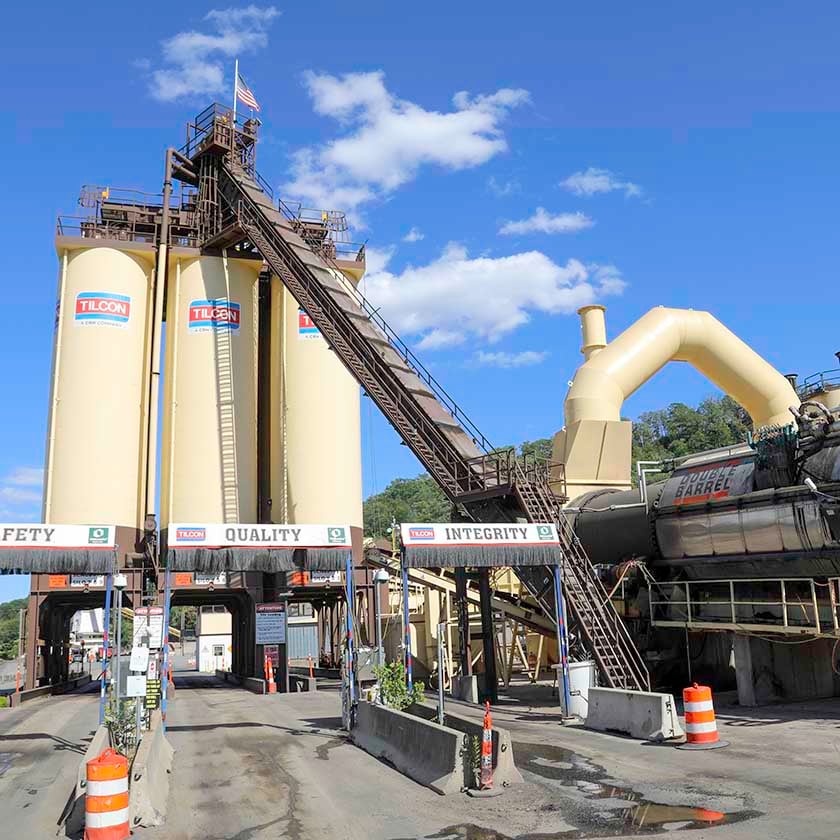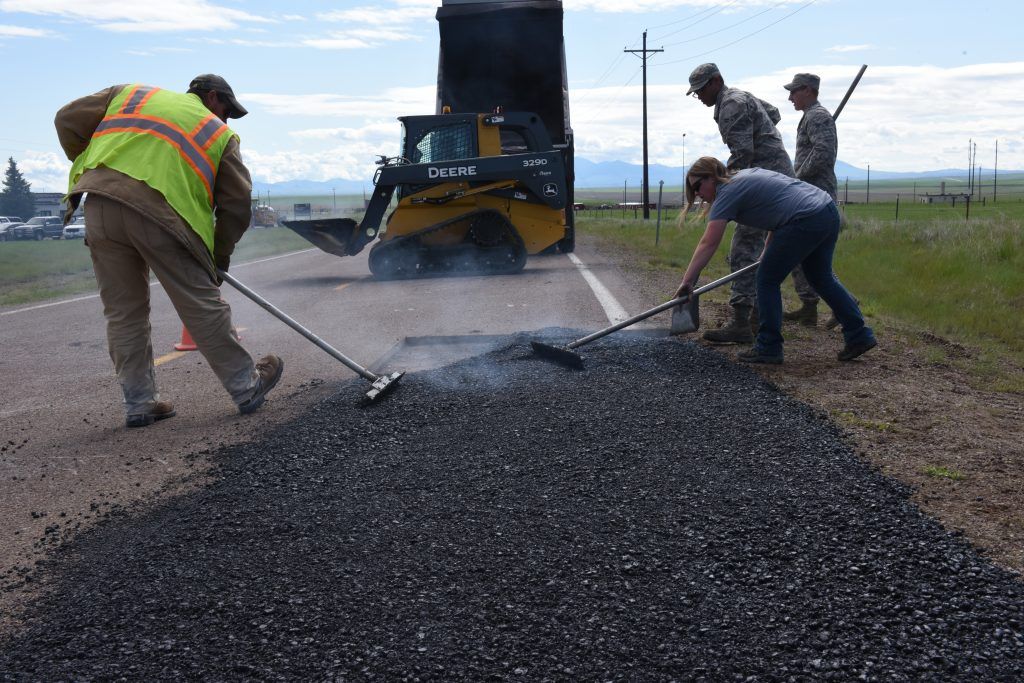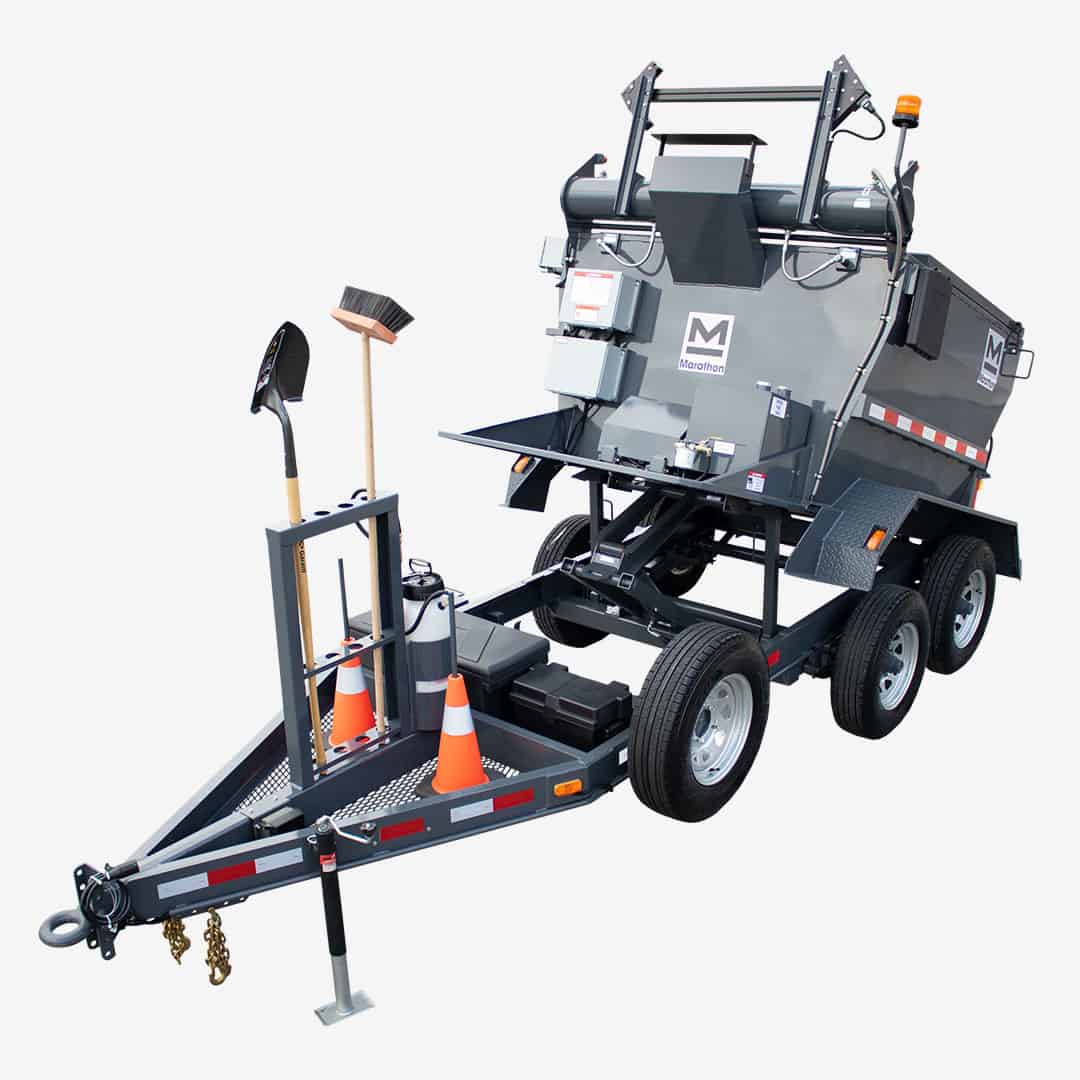Hot Mix Asphalt: The Foundation for Safe and Secure Angled Parking Lots
Hot Mix Asphalt: The Foundation for Safe and Secure Angled Parking Lots
Blog Article
Unlocking the Secrets of Warm Mix Asphalt Technology
Checking out the midsts of hot mix asphalt modern technology reveals a globe where careful processes and accurate formulations assemble to shape our roadways and framework. The blend of binders, accumulations, and fillers isn't just a construction job however a critical orchestration of longevity and efficiency. As we peer right into the detailed dancing of components, a tapestry of durability and sustainability unfolds. But what lies beneath this surface area of asphaltic mastery, and what keys wait to be introduced in the world of leading innovations?
Value of Hot Mix Asphalt
Hot Mix Asphalt plays a crucial function in contemporary framework development because of its longevity and cost-effectiveness. As the most commonly used leading product for roads, highways, and car park, Hot Mix Asphalt provides a series of advantages that contribute to its significance in construction projects. One key advantage is its capacity to endure rush hour lots and extreme weather, providing a resilient and trusted surface for transport networks. In Addition, Warm Mix Asphalt is economical in both preliminary construction and long-lasting upkeep, making it a recommended choice for many framework jobs.
The longevity of Warm Mix Asphalt stems from its structure, that includes aggregates, binder, and filler materials that are very carefully picked and mixed to satisfy details performance needs. This accurate combination causes a strong and flexible sidewalk that can endure constant use without considerable damage. Warm Mix Asphalt is 100% recyclable, additional improving its sustainability and environmental benefits. In general, the relevance of Warm Mix Asphalt in infrastructure advancement can not be understated, as it remains to be a cornerstone of modern building and construction methods.
Components of Asphalt Mixes
The structure of asphalt blends includes carefully chosen accumulations, binder, and filler products that are crucial for achieving details efficiency needs. Aggregates are the main element of asphalt mixes, giving strength and stability. These accumulations can be all-natural, such as crushed rock or crushed stone, or artificial, like recycled products from old sidewalks. The binder, typically asphalt or asphalt concrete, holds the aggregates together and supplies adaptability and resilience to the mix. The choice of the binder is crucial as it directly influences the mix's efficiency in various climate condition. Fillers, such as moisturized lime or Portland cement, are utilized to boost the mix's workability and aging resistance. Angled Parking.
The combination and proportion of these elements play a considerable duty in identifying the quality and performance of the asphalt mix. Designers very carefully design the mix to meet certain requirements, taking into consideration elements like web traffic volume, environment conditions, and pavement life expectancy. Appropriate choice and balancing of accumulations, binder, and fillers are vital for producing resilient, durable asphalt pavements.
Combining and Production Strategies

As soon as the accumulations are chosen, the binder, often asphalt concrete, is included to bind the materials with each other. The binder's top quality and quantity significantly influence the mix's adaptability, resistance, and toughness to ecological factors. In addition, fillers like moisturized lime or Portland cement might be incorporated to boost details features of the asphalt mix, such as its workability or wetness resistance.
During production, the aggregates and binder are heated up, commonly in between 250-325 ° F(121-163 ° C ), to help with mixing and make sure correct finishing of the aggregates. The mixing procedure must be complete to achieve a homogeneous combination that promotes the wanted performance characteristics of the asphalt. Different methods, such as batch mixing or drum blending, are used to achieve high-quality and consistent asphalt blends for construction tasks.
Aspects Impacting Asphalt Efficiency
Aspects affecting asphalt performance incorporate a series of variables that impact the toughness, longevity, and general high quality of asphalt pavements. One crucial element is the top quality of products utilized in the asphalt mix. The type and resource of accumulations, the binder high quality, and the ingredients all play a significant duty in figuring out the performance of the asphalt pavement. The rank of aggregates is vital as it impacts the mix's stability, workability, and resistance to breaking and rutting.

Ecological problems additionally influence asphalt performance. Temperature level variants, wetness infiltration, and web traffic loads can all influence the structural stability of the sidewalk. Style factors to consider, such as pavement density and drainage, are crucial in guaranteeing the lasting performance of the asphalt sidewalk. By very carefully thinking about these contractors, engineers and variables can maximize asphalt efficiency and improve the service life of pavements.
Lasting Practices in Asphalt Innovation

WMA enables for the production and placement of asphalt blends at lower temperature levels compared to typical hot-mix asphalt, resulting in reduced energy usage and greenhouse gas exhausts. The usage of permeable asphalt mixes can aid mitigate stormwater runoff concerns by permitting water to penetrate with the pavement and right into the ground, promoting all-natural water purification and recharge procedures.
Final Thought
To conclude, hot mix asphalt technology plays an essential duty in modern-day facilities advancement as a result of its sturdiness and cost-effectiveness. By very carefully balancing parts, utilizing appropriate blending methods, and considering numerous elements, engineers can develop premium asphalt blends that hold up against rush hour loads and rough climate conditions. Embracing sustainable practices, such as click for info utilizing warm-mix technologies and recycled materials, better enhances the environmental friendliness of asphalt modern technology.
Blending and production techniques in warm mix asphalt technology entail the accurate mix and handling of accumulations, binder, and fillers to produce a high-performance and long lasting asphalt mix.Variables influencing asphalt performance incorporate an array of variables that impact the durability, long life, and overall quality of asphalt pavements. Sustainable techniques in asphalt technology include various efforts intended at decreasing the ecological impact of asphalt manufacturing and paving procedures. By incorporating recovered asphalt pavement (RAP) and recycled asphalt shingles (RAS) into brand-new asphalt mixes, the industry can considerably decrease the consumption of raw materials and power, while also decreasing land fill waste.
WMA enables for the manufacturing and positioning of asphalt blends at reduced temperature levels compared to standard hot-mix asphalt, resulting in minimized power usage and greenhouse gas emissions.
Report this page